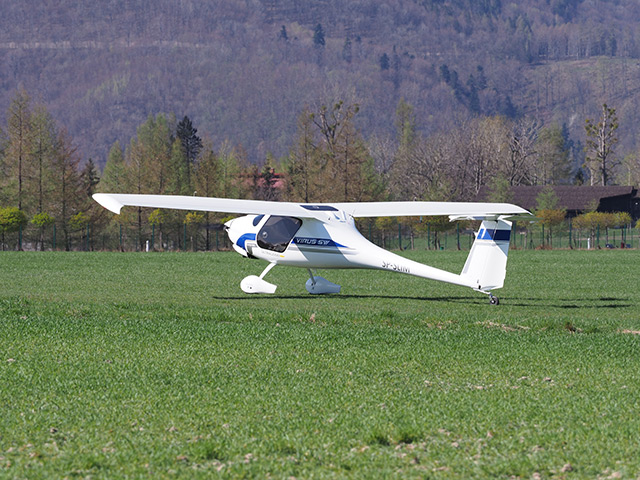
Josef Kallo is researching electro-chemical systems like fuel cells and batteries at the German Aerospace Center (DLR). When asked about a possible timeframe for electric planes, he guessed it would take 20 years.
Electric planes, Kallo explains, can only attain 60 percent of the range of their petroleum-powered counterparts. Electric aircraft would therefore be best for regional travels that cover distances from 155 miles (250 km) to 1,200 miles (2,000 km).
The DLR is hard at work constructing several prototypes like the HY4 project. The German research center will spend the next 10 to 15 years developing and testing new models.
Based on the progress of his organization, Kallo believes electric flight is technologically possible. All it would need is sufficient investment by interested parties. (Related: Battery-powered commercial jetliners could eliminate jet fuel entirely, making air travel vastly less expensive.)
Electric planes can serve as "air buses" for regional trips in large countries
The typical electric plane would be an "air bus." A single vehicle could accommodate 10 to 40 passengers and will stage out of a small hub.
Compared to normal airfields and airports, these e-plane hubs can be built much closer to cities. Electric planes make little noise and can use short runways that take up less space.
Passengers could use an app to book seats on an air bus. This convenient method of aerial commuting could be used on its own or in combination with a train.
E-planes are perfect for rural areas with poor public transportation. A trip that lasts three hours aboard a high-speed train could be cut down to less than 45 minutes by taking an air bus.
Furthermore, they do not require massive investments in infrastructure. Automobiles need highways and trains need railroad tracks. These roads will have to go through all sorts of terrain as well.
In comparison, an airfield for electric planes is small, cheap, and easy to build. Countries like China and India would be able to connect large regions through a network of air bus hubs.
Kallo also predicts the emergence of huge cities whose towering buildings, confined spaces, and congested streets would hamper ground vehicles. Electric planes would be able to link together different parts of these sprawling urban areas.
Solar and wind power can produce hydrogen fuel for electric plane fleet
What electric planes give up in terms of range, they gain back in energy efficiency. Kallo says air buses will enjoy 10 percent better efficiency than fuel-powered planes.
E-planes can also have electric engines that do not rely on a single power source. The ability to be powered by more than one source – be it a fuel cell-powered battery or an external generator – makes the overall design more versatile.
Fuel cells are also cleaner than most energy sources. They do not generate benzene, carbon dioxide, nitrous oxide, and air pollution particles. While any effect of their contrails will require further study, it can be said that e-planes are much cleaner.
However, electric planes would only be environment-friendly if they used renewable energy sources. Kallo says the German energy market is designed to provide enough energy to meet current needs, so new capacity will be needed.
However, Italian, Spanish, and American experience with solar and wind energy have shown that the two technologies can provide more than enough hydrogen for fuel cell aircraft.
Keep track of ongoing technological progress on electric planes and other vehicles at FutureTech.news.
Sources include:
Please contact us for more information.

















